Garage doors were designed to open and close smoothly, but they may fall out of balance if not properly maintained or the springs wear out. Torsion or extension springs are responsible for keeping your garage door in equilibrium. With these springs, you can quickly raise and lower your garage door.
Off-balance garage doors signify that the springs are either not tensioned enough to counterbalance the door’s weight or exert too much pressure.
Over time, if your Old Garage Door is Imbalanced, it might cause your garage door opener to wear out much more quickly than expected. Using the door while it’s broken or out of power may be very risky. This may cause significant harm or death.
Indicators
There are many indicators that your door is out of whack, such as:
- The door slams shut.
- During the procedure, strange noises may be heard.
- It takes a long time for the garage door to open or shut.
- The garage door won’t open at all.
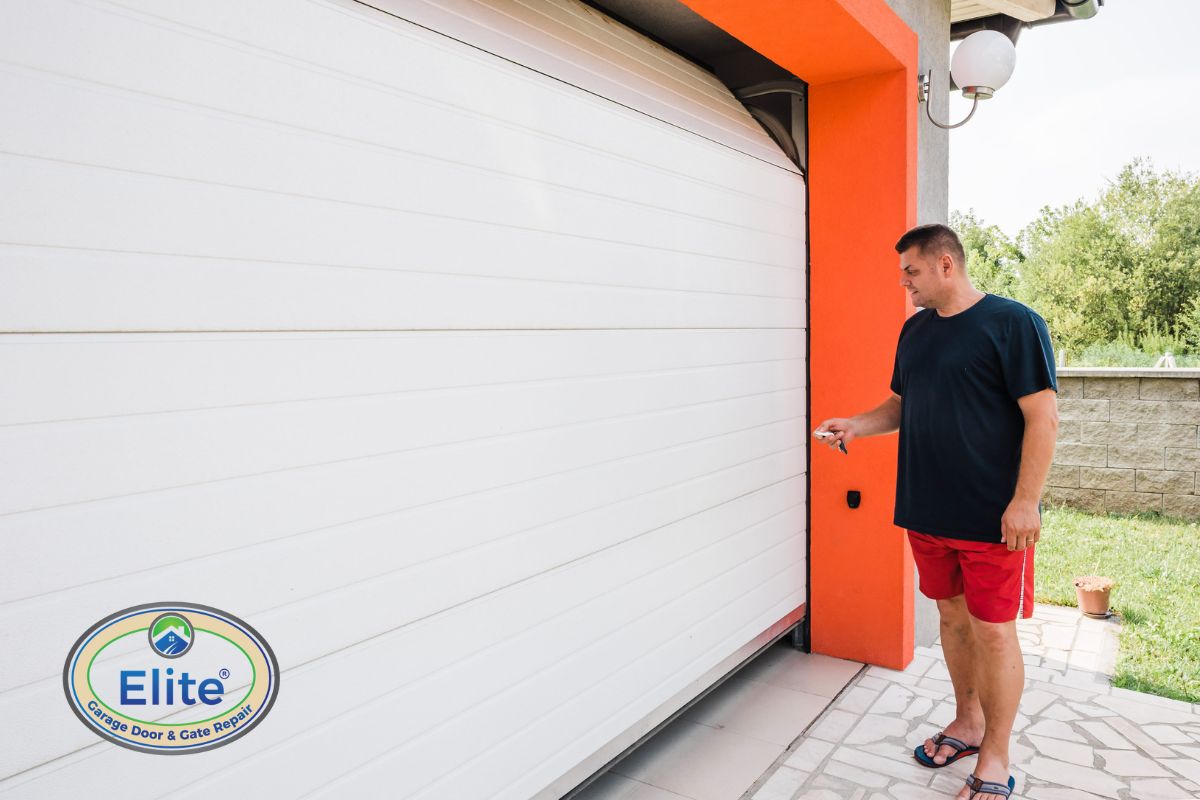
Testing Your Garage Door Balance
Table of Contents
Testing Your Garage Door Balance
Before you can correct your garage door, you have to know in which direction it’s out of balance. How?
- Disconnect your garage door opener and evaluate how well it hangs on its own to do this test.
- Several times, run the door up and down to ensure it slides smoothly along its track before adjusting the balance. Run your garage door up to approximately halfway and let go when moving smoothly in the tracks.
- Do you see it hovering, falling to the ground, or soaring to the top? The more movement you see, the more likely your door is out of equilibrium.
We’ll focus on the most frequent reason for doors falling: the loss of spring tension. Over-balanced garage doors may be adjusted the same way, but the spring must be moved in the other direction.
What To Do If The Garage Door Is Out Of Balance?
If you notice that your garage door is out of balance after completing a balancing test at home, you should contact a professional garage door repair company. It would be best if you did not use the garage door until the balance has been restored to prevent damaging the opener or any other components. Homeowners should not repair the springs of the garage door on their own.
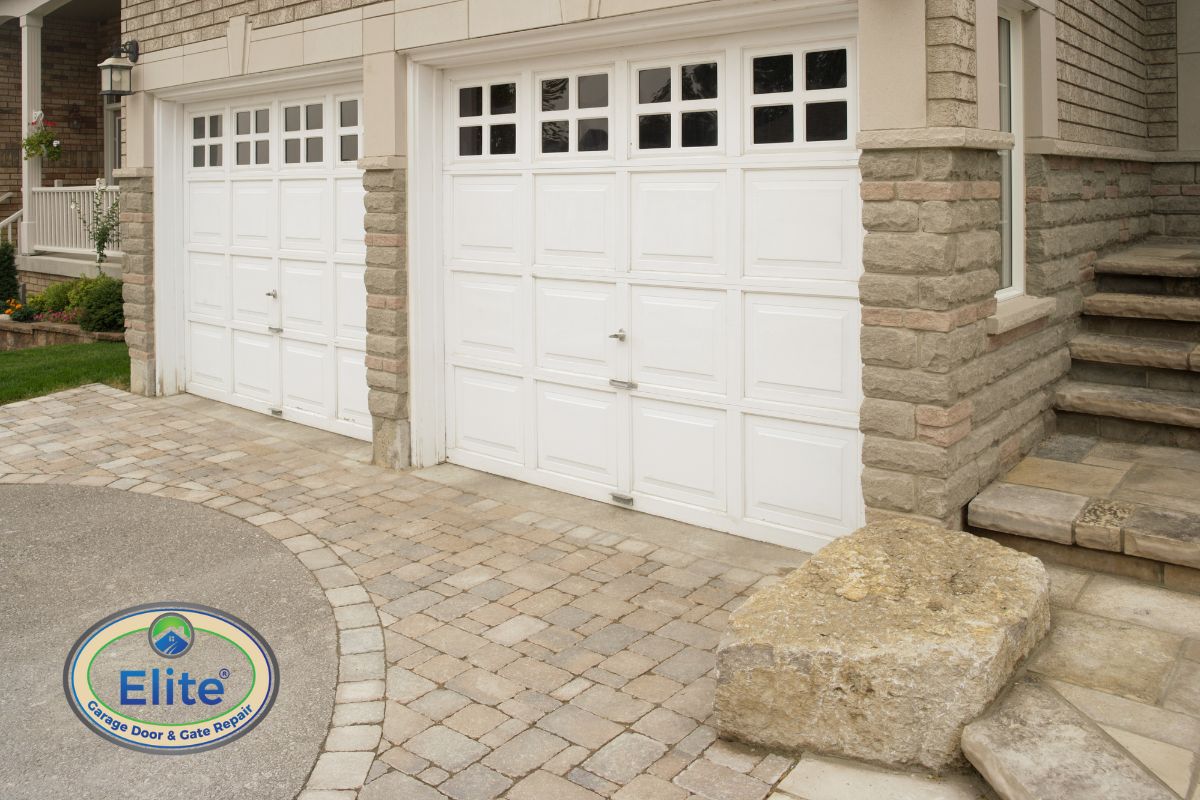
What To Do If The Garage Door Is Out Of Balance
Extension and torsion springs are the most prevalent kinds of springs that lift and lower your garage door. In terms of hazard, extension springs are regarded as the more dangerous of the two. Because a professional has the proper tools, equipment, and experience to securely remove and replace your garage door springs, they are the best choice for garage door repairs.
Other parts may have been damaged due to an off-balance garage door, which a specialist can swiftly discover and fix.
1. Setting The Extension Spring Door
When using an extension spring door, the aim is to remove all of the door’s tension before ever touching the spring itself. With a ladder, you can open the door and prop it up. Place a clamp on both sides of the track to hold the door in place while you open the door.
How-To: Before releasing the springs, remove any safety cords. Replace them if they’re too flimsy or have a lot to give. You may also just relocate it to a hole further away by slipping it out of its bracket and into the next one down the line. You should always adjust the spring settings on both sides before testing.
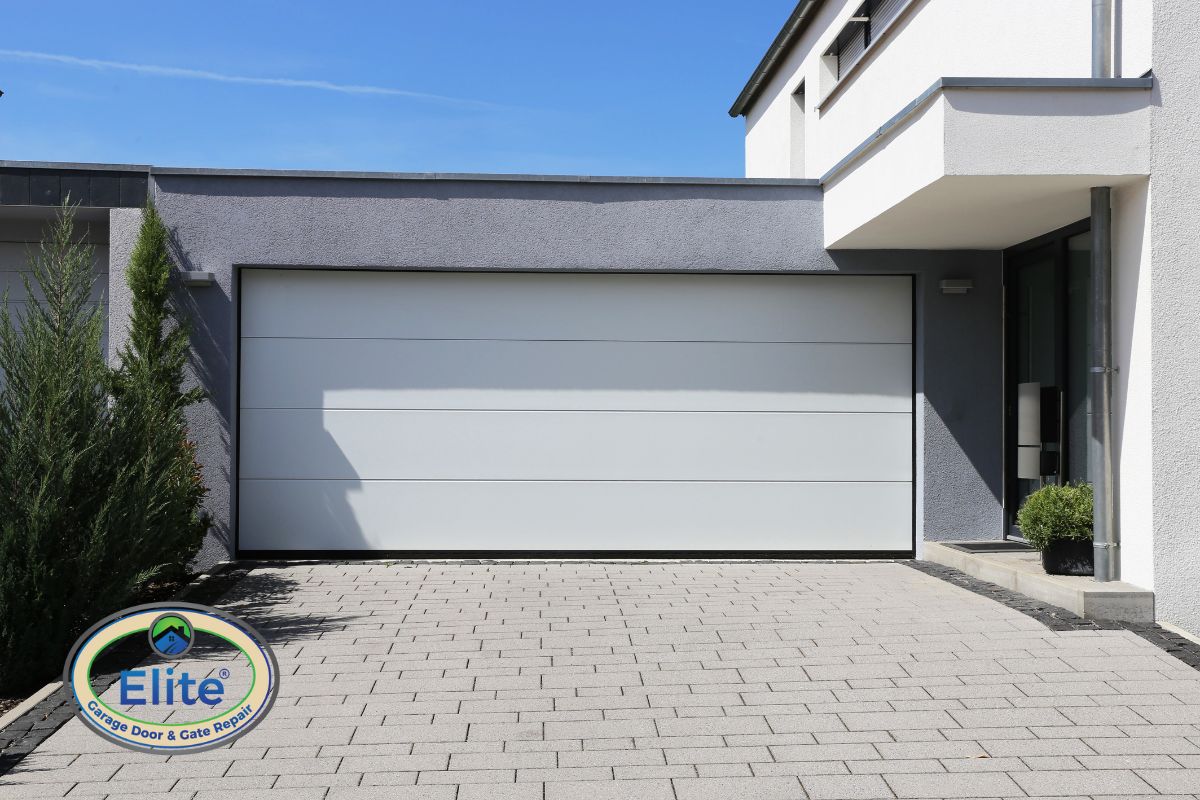
Adjust Garage Door Springs
2. Torsion Spring Door Adjustment
Extension spring doors are simpler and safer to DIY than torsion since they aren’t subjected to the same stress level. Torsion spring doors may be dangerous, and if you don’t work carefully, you run the risk of serious injury. You’ll begin by detaching the door and Verifying Its Balance, just as with an extension spring door, but that’s where the similarities stop. For the time being, you’ll need to keep the door closed.
How-To: Install a set of c-clamps above the lowest rollers on the tracks to provide optimal safety. This will keep the door from lifting while you adjust to it, which is a safety net you will want to have. Climb a ladder and position yourself to the side of the spring’s adjustment collar with winding bars and an open-ended wrench sized for the adjustment screws.
Bottom Line
If you have learned how to adjust your door as it ages, you don’t have to live with the tiny inconveniences of having a garage door. If your door is stable at half-mast, you’re set to go. If not, check it out from time to time to be sure.



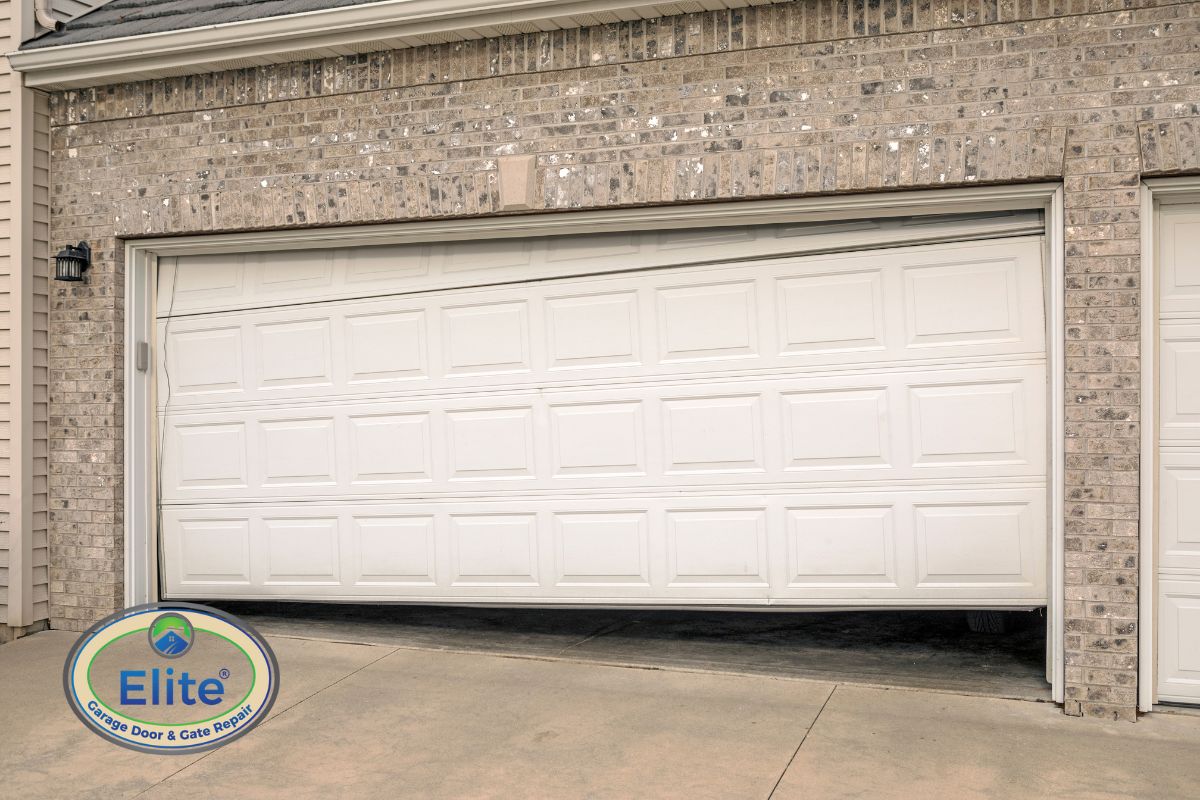



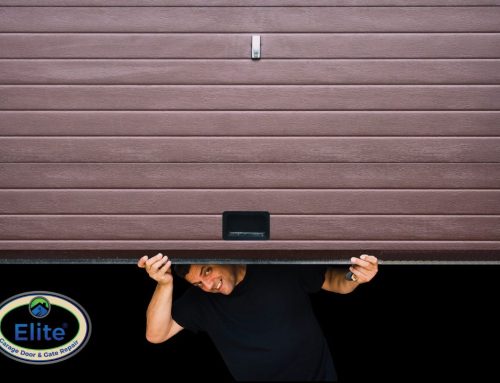


























Leave A Comment